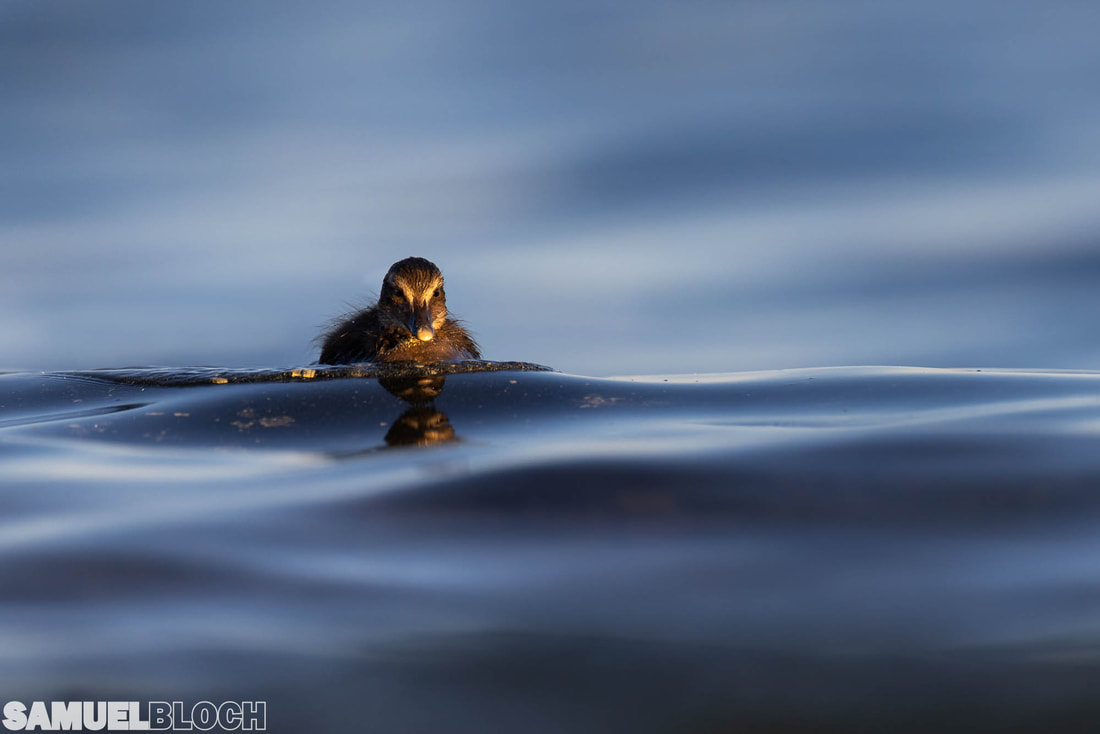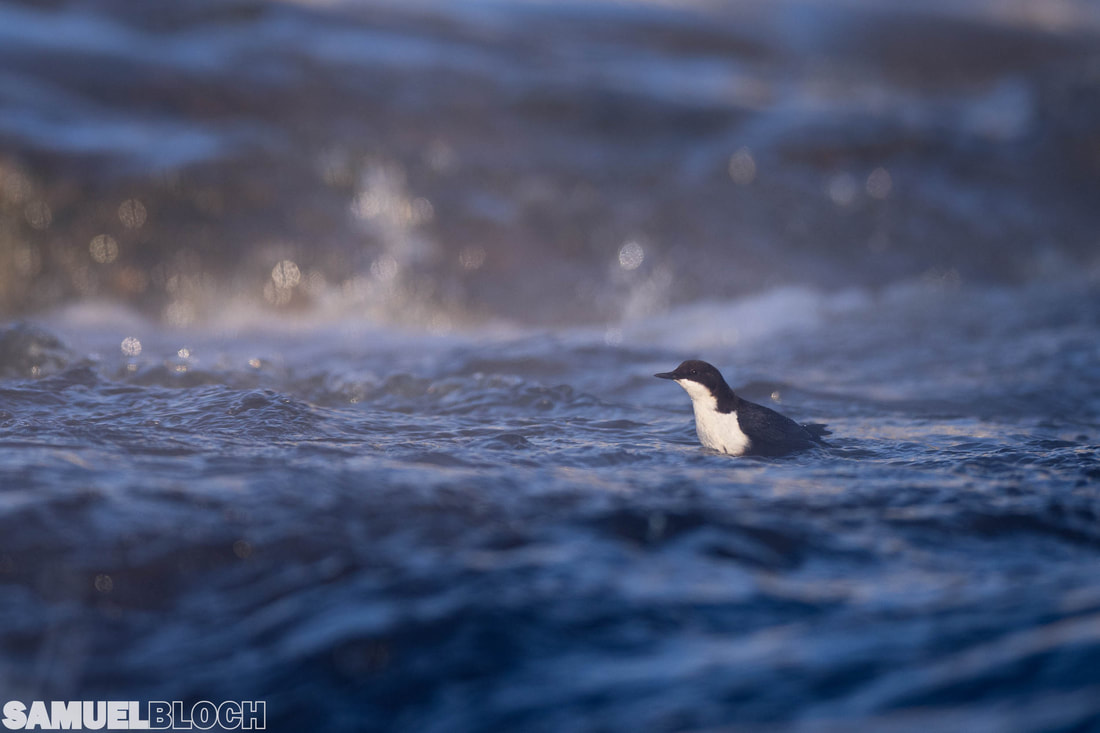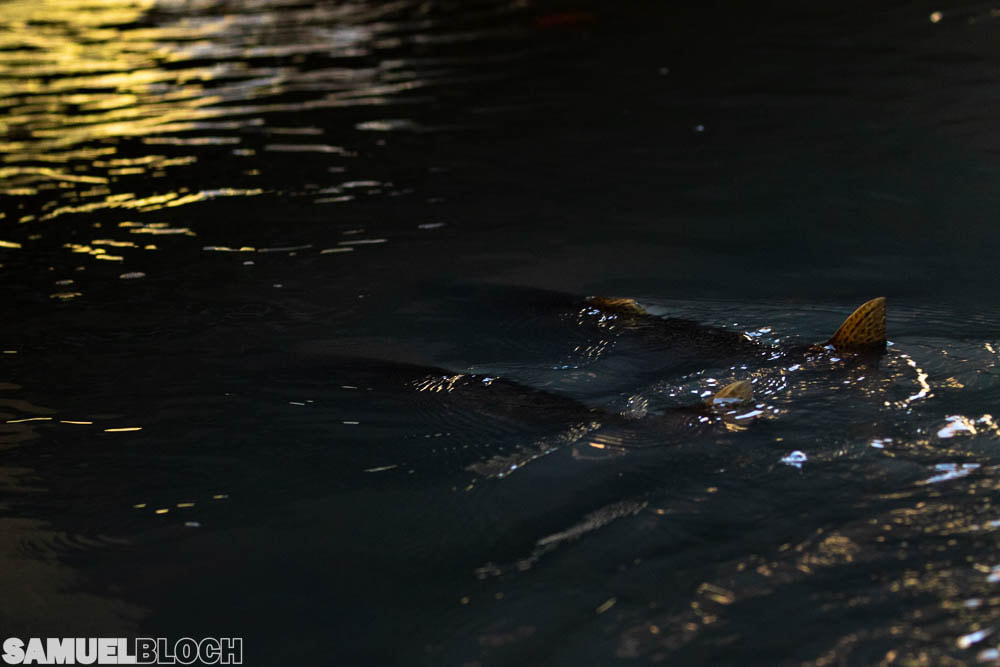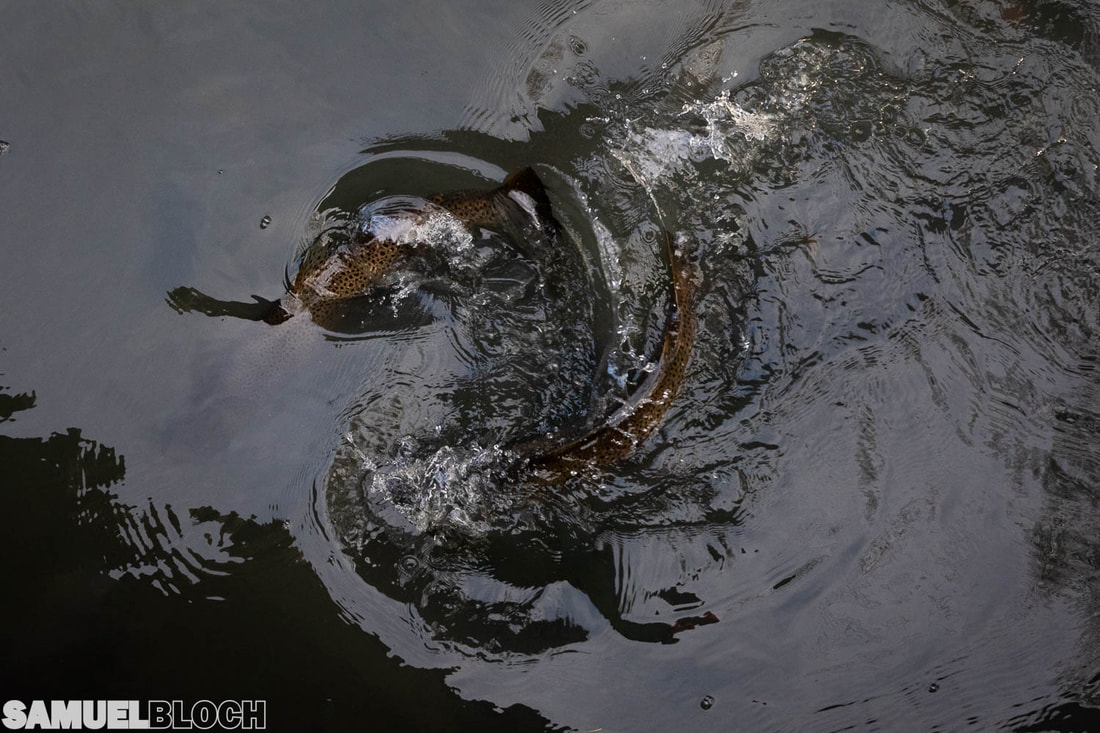|
For a long time, Saimaa ringed seals (norppa, in Finnish) were considered as enemies by the many people who fished in Lake Saimaa. Until 1948, a bounty was paid for every seal that was killed, and it's only in 1955 that they became protected by the law. Old habits are hard to shake. In general, people support nature protection, but things become complicated when it impacts the way they want or are used to live their life. Environmental education is key, and that's what associations like Suomen Luonnonsuojeluliitto (The Finnish Association for Nature Conservation, SLL) are working on. They visit schools, fairs, organise museum exhibitions... the idea is to bring people onboard, to turn opponents into advocates and further the cause of the seal. My photo story on Saimaa ringed seal conservation is, well, exactly that: it's not only about the seals, but about the conservation program as a whole, and all the matters related to it. Here are a few events I attended in the past year.
0 Comments
The Saimaa ringed seal (Pusa hispida saimensis), an endangered pinniped endemic to eastern Finland, changes its fur every year. For that, it needs to spend a lot of time outside the water, to dry and shed its fur. This happens after babies are weaned. Thus, May is the best period to find a seal basking on a rock.
This is of course of great interest for the scientists and conservationists who study the seals. They scour the lake, in its multitude of channels and islands, and take careful note of all the seals they spot. Importantly, they take pictures of the seals and add them to their database. That's because each seal sports a unique fur pattern, made of pale rings on a dark canvas, and it can be identified thanks to it. You will probably not be surprised to hear that Finnish weather is wild... but did you know that, in Helsinki, we had 20 cm of fresh snow on April 23rd this year?
Every spring, we are fooled by one Fool's Spring (well, at least one), when it feels like we're turning the tide and cold/snowy/icy days are behind us. After it comes a Takatalvi, a returning winter. This cycle repeats for a while, until summer actually arrives, often in an abrupt manner (today is May 31 and we have 28ºC outside). So much snow on April 23rd is quite rare, but you get the idea. After a long winter, people are longing for warm days... but they are usually further ahead than we hope. However, I must say I enjoyed the last takatalvi episode. Maybe I was the only one, but I had a blast! You see, winter in Finland is a quiet time for nature: all water birds have left because their hideouts are frozen, all insect eaters are gone because insects have died... there's activity around bird feeders, snowy landscapes are magnificent, but it gets a bit boring. However, when the last snow came this past April, there were lots of birds in the neighbourhood! They surely wondered what was happening to them, but I enjoyed photographing them in such unusual surroundings. The Saimaa ringed seal, norppa in Finnish, is a subspecies of Ringed seal endemic to Lake Saimaa, in eastern Finland. Once widespread, then on the brink of extinction, it has become a tiny bit more common thanks to years of hard work: conservation started at the turn of the 1970s and 1980s, and the population has grown especially in the last ten years thanks to wider restrictions on gillnet fishing. Now, a conservation program called Our Saimaa seal LIFE, funded by the European Union and coordinated by Metsähallitus, the Finnish government agency for conservation and forestry, is developing new methods for conservation in a warming climate.
One and a half hour from Helsinki lies one of the largest and best preserved bogs of Southern Finland: Torronsuo. Protected by the eponymous national park, it is crossed by a boardwalk that let's you discover it up close. I visited it with my girlfriend Vivien and a friend on Midsummer evening. It was gorgeous day with a bit of a breeze, which meant the open areas were completely free of mosquitoes. The forest though... yeah, we didn't spend much time there!
I visited Suomenlinna several times in the beginning of June. Among the geese and the wheatears, one bird I didn't expect to shoot was the Common eider (Somateria mollissima). Sure, I've seen the species from there, but never close to shore. These times, however, I was lucky to get close and personal with a group of mothers collectively caring for their babies in what's called a crèche (from the French word for kindergarten). Baby eiders immediately leave the nest after hatching, and while some mothers care for them on their own, they often either abandon their brood in a crèche, or join it and care for them and others with other eider moms.
White-throated dippers (Cinclus cinclus) are common winter visitors to southern Finland. Many of the rapids in the region host a dipper (or more) for the season, usually attracting viewers and photographers: this species is a crowd favourite! I can totally understand that, seeing them plunge into cold water without breaking a sweat is a mesmerising spectacle for me too.
I have a secret spot, out of the city, which not many visit. I was there on a sunny February morning last winter. For a few hours, I sat in the snow and moved my toes inside my boots, but having two dippers chasing each other in front of me was well worth enduring such cold conditions. I hid under winter camouflage so the birds couldn't spot me, and it worked like a charm: they sometimes came very close! One of the key questions for conservationists is: how do we trigger action that’s bigger than us? There are only a few people who can afford to do conservation full-time or even half-time, whether that’s as professionals or as volunteers. How, then, can we save species with so little manpower?
Bigger action can take several shapes: it can, for instance, be a protest that attracts people who normally don’t join conservation action. It can also be larger numbers of volunteers joining restoration events. It can be political action, with members of the parliament pushing new nature protection laws, or city agents implementing rewilding programs that have been asked for for a long time. In this context, I think the story of Pirkko the Trout is enlightening. My main project this year saw me follow conservationists and researchers along the streams of Helsinki, as they looked for endangered Brown trouts (Salmo trutta) and restored their habitat.
Trouts are born in rivers in spring. The babies (the “fries”) are tiny and have many predators, including older trouts, but if they survive, they will grow in the river for a few years. At some point, there won’t be enough space and food for everyone, and the largest and most aggressive ones will hold the most bountiful spots. The others will migrate to the sea (or to a lake, but in Helsinki the streams end directly in the Baltic Sea), and come back in autumn to lay their eggs in gravel beds. Unlike some species of salmons, Brown trouts don’t die after spawning. They go back downstream, and return the next year. That’s of course how it happens in an ideal world. Nowadays, Finnish rivers are too warm, they carry too much sediment, they have been dug (so they look more like straight ditches than meandering brooks)… and there are way too many dams that prevent fish movement. In the face of all this, dedicated people are fighting to free rivers and bring back the fish. |










